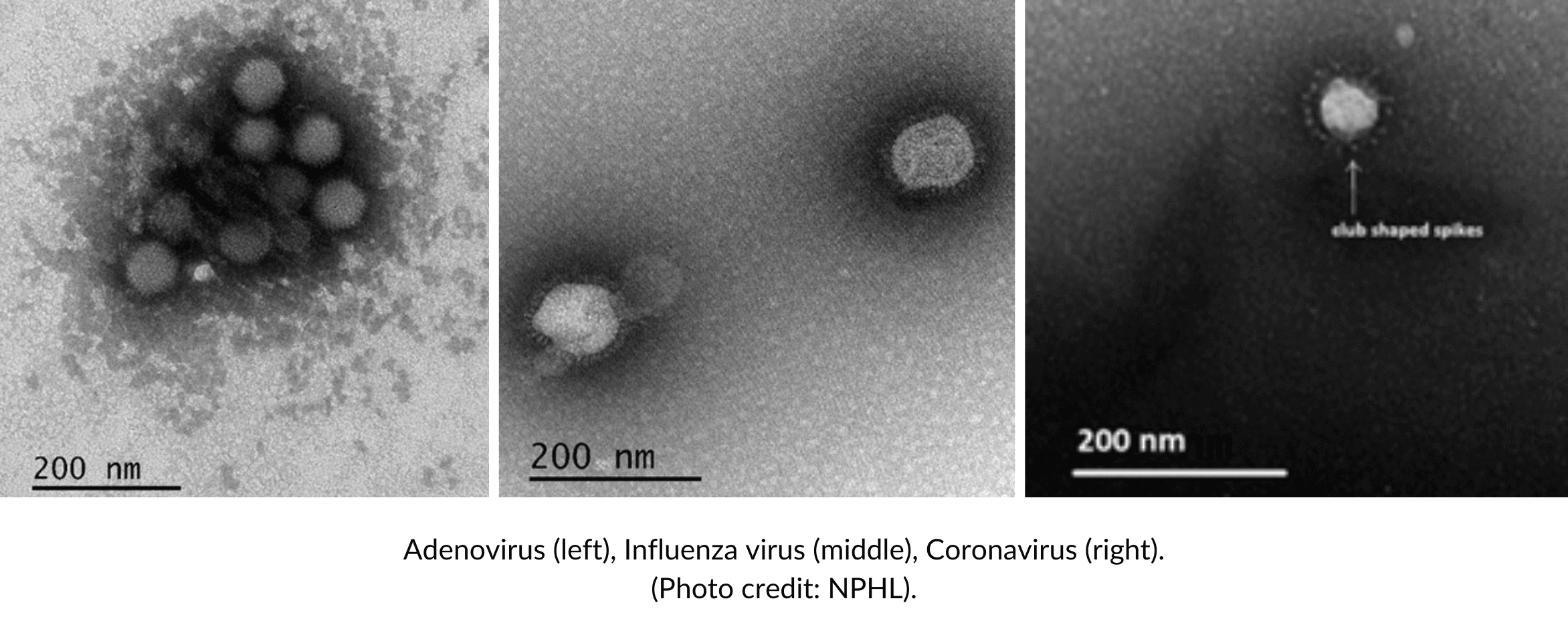- Home
- Professionals
- National Public Health Laboratory
- Laboratory analytical methods
Laboratory analytical methods
An overview of the laboratory analytical methods used by National Public Health Laboratory (NPHL).
On this page
The National Public Health Laboratory (NPHL) uses a range of technologies for its scientific programmes. Here is an overview of the laboratory analytical methods used by NPHL.
Microscopy
Microscopy is the scientific technique of using microscopes to observe objects and structures that are too small to be seen by the eye. Optical and electron microscopy are used at NPHL. Optical microscopy includes brightfield, fluorescence and phase contrast microscopy.
Bright field microscopy

Fluorescence microscopy

Autofluorescence of Cyclospora cayetanensis (oocyst). (Photo credit: NPHL)
Phase contrast microscopy

Transmission electron microscopy (TEM)

Matrix assisted laser desorption ionisation – time of flight
NPHL employs the matrix assisted laser desorption ionisation – time of flight (MALDI-TOF) to assist with identification of common pathogens in bacterial and fungal cultures.

Bacterial and fungal cultures

Salmonella isolation on specialised media. (Photo credit: NPHL)
Virus isolation
NPHL performs isolation and identification of viruses by cell culture propagation, including growing viruses in our high containment laboratory.
Polymerase chain reaction (PCR)
NPHL uses PCR to rapidly detect pathogens.
Genome sequencing including whole genome sequencing (WGS)
NPHL uses WGS for genomic analysis to support epidemiological investigations.

Workflow for whole-genome sequencing (Image credit: NPHL)

Serology
NPHL employs automation to enable them to process large volume of samples efficiently in the event of an outbreak.
